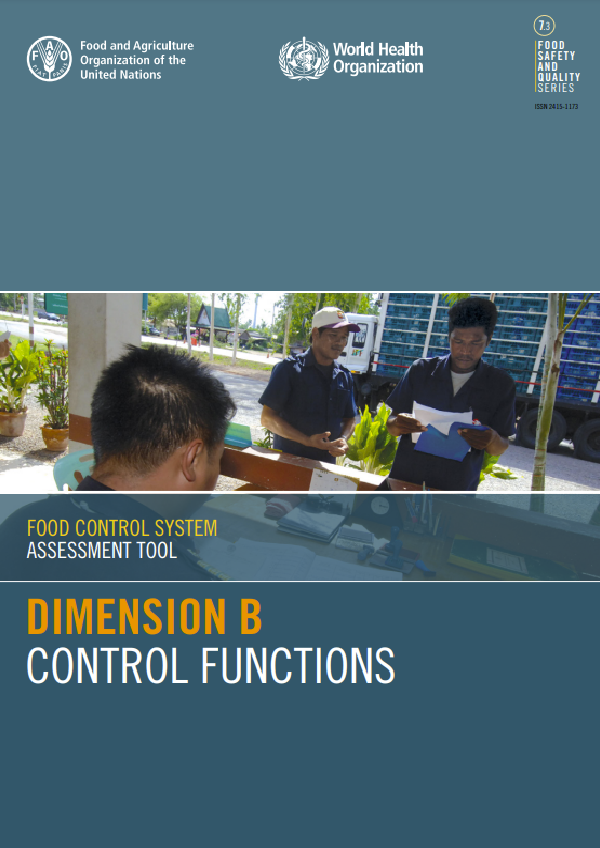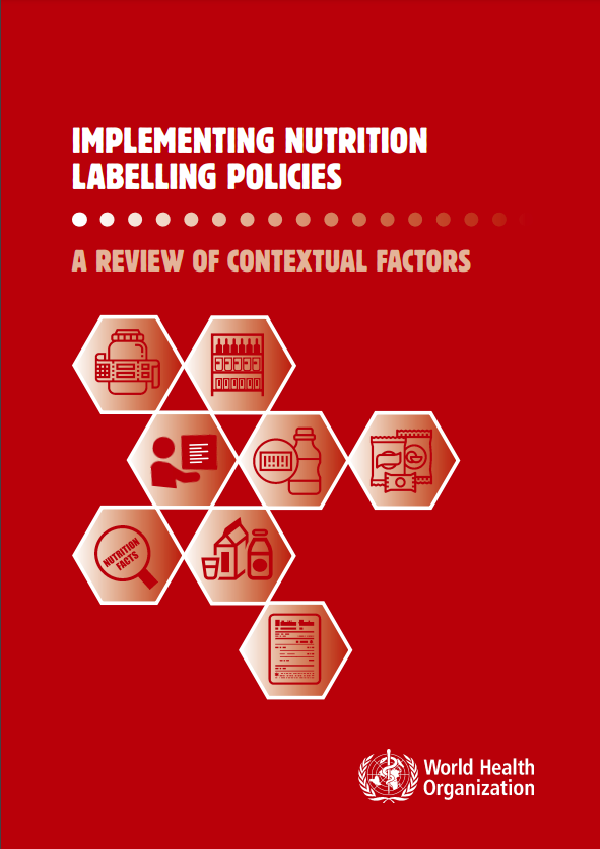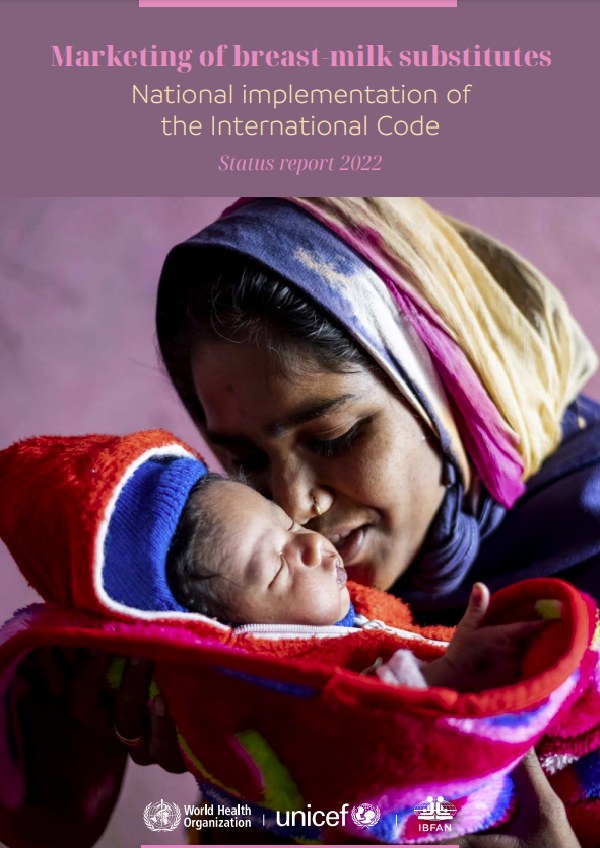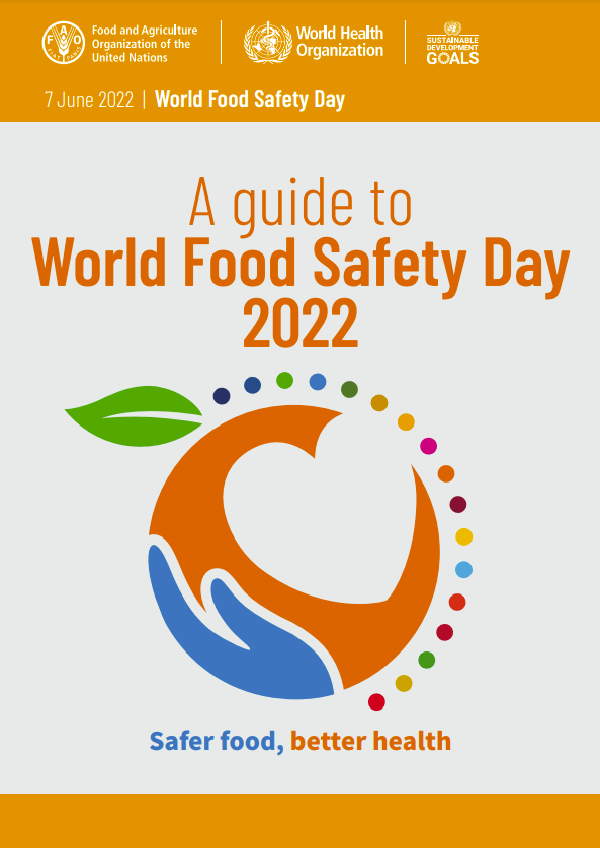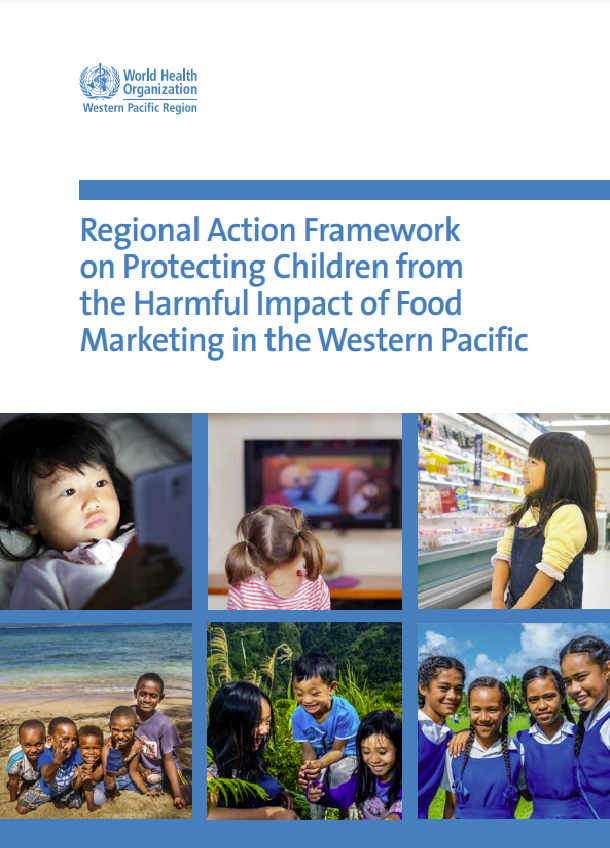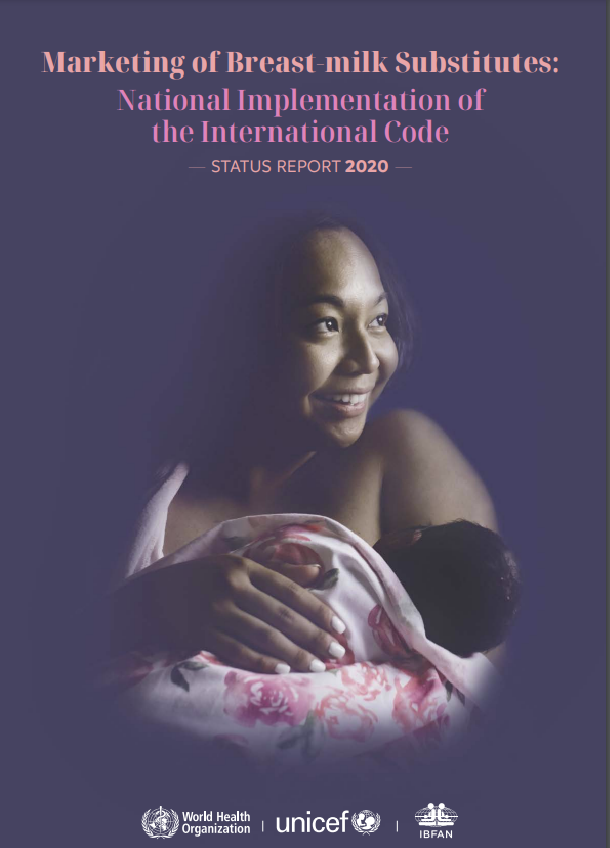Dimension B focuses on the processes and the outputs of the national food control system. It revolves around the control functions that must be exercised by competent authorities to ensure food safety and quality along the food chain, and around the mechanisms that should be in place to appropriately manage food safety hazards, emerging risks, and food emergencies. They encompass both inspection or oversight-type functions, in direct relation with food business operators, and monitoring and surveillance functions. Dimension B consists of six competencies under two sub-dimensions which are Routine Control Activities over Food Products, and Monitoring, Surveillance, and Response Functions.
B.1. Routine Control Activities over Food Products reviews the control functions exercised by competent authorities at food business operators’ level, be it domestic, import, or export level to guarantee food safety and quality for national consumers and for sustainable trade.
B.2. Monitoring, Surveillance and Response Functions maps the control functions and mechanisms at the overall food supply level, necessary to identify, monitor, predict and handle food safety hazards and emerging risks and to deal with food emergencies.
This sub-dimension reviews the control functions exercised by CAs at FBO level, be it domestic, import or export level to guarantee food safety and quality for national consumers and for sustainable trade.
Competency B.1.1 (Domestic controls) ensures that domestic controls (such as unscheduled inspections), performed at the level of FBOs, are planned and implemented in a way that ensures safety and quality of the products placed on the market. As a starting point, FBOs along the entire food chain should be registered for inspection and official control purposes. Official endorsement of food operations should be granted upon verification of the food safety management systems. A risk categorization framework should be in place as well as standard procedures for performing inspections of the same food category so that food control governance is consistent and better respected. Inspection resources should be deployed on an evidence base and with a robust risk-based approach to control food safety risk. Appropriate sampling should support verification of FBOs’ food safety management systems. Traceability systems should be in place at FBOs to allow the identification of non-compliant lots and to support withdrawal or recalls if necessary. Food safety risks arising from informal food vending activities should also be taken into account and addressed. For a consistent application of food safety enforcement procedures, documentation containing enforcement sanctions and procedures should be available to the inspectors.
Competency B.1.2 (Import controls) assesses whether controls over imported food products are planned and implemented in a manner that ensures food safety and quality and that is in coherence with domestic controls. Importers (these need to be defined according to the context, but can include brokers and other categories) should be held primarily responsible for the safety of the food they are importing and should be identified through a registration system so that their compliance history is known and can be used for risk-based planning purposes. Border controls should be linked to domestic food control and a coherent risk-based programme for control measures should be in place. Decision-making on relevant control measures on consignments must be based on appropriate and timely information (notification, pre-notification and pre-clearance systems might be in place). At all border inspection posts (BIPs), effective collaboration must occur between CAs and other institutions, controls must be performed in a harmonized manner, and sufficient and appropriate inspection facilities should be available to allow proper inspections of food consignments.
Competency B.1.3 (Export controls) ensures that the export control system enables meeting the requirements of foreign markets; a specific authorization or licensing scheme should be in place for FBOs willing to export. Capacity to provide credible certificates should exist, to facilitate the clearance process while providing the required assurances, and they should not lend themselves to fraud. Certificates must respond to importing countries’ required design features and should be issued by officers authorized by the CAs. In cases where more than one CA have authority to control exporting FBOs, and/or to provide certification, a coordinating mechanism should exist.
More information:
Dimension A: Inputs and resources
Dimension C. Interactions with stakeholders
Dimension D: Science knowledge base and continuous improvement
